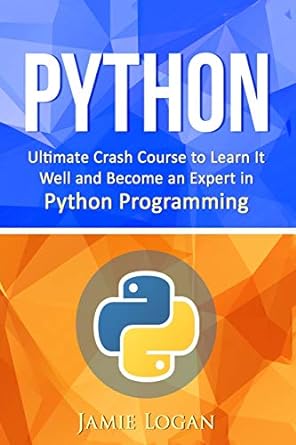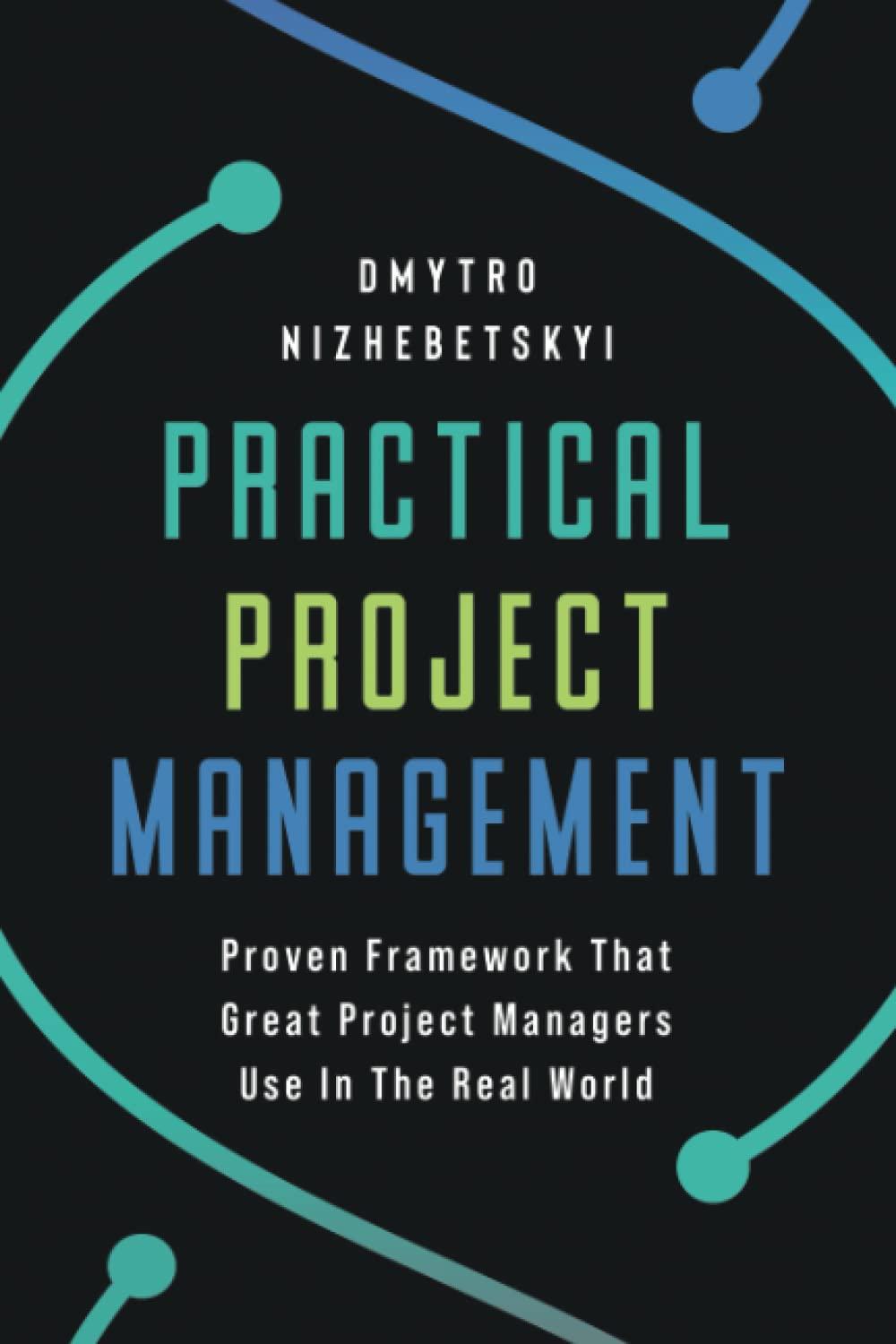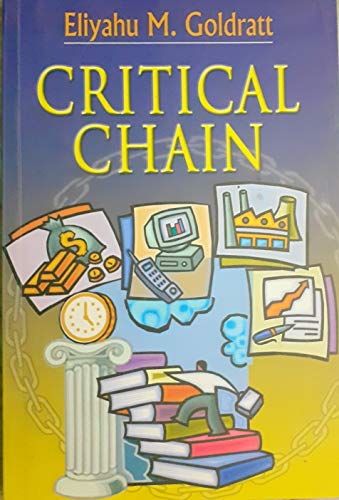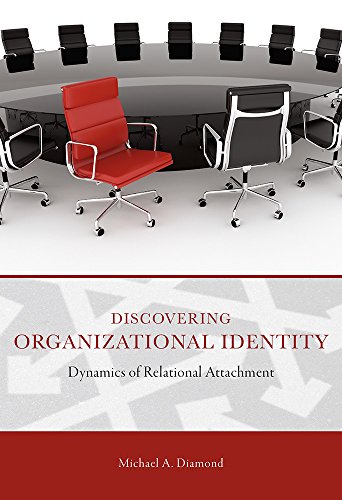Go back


A Short Guide To Choosing A Career In ENGINEERING(2nd Edition)
Authors:
Adeniyi Ademola Afonja

Cover Type:Hardcover
Condition:Used
In Stock
Shipment time
Expected shipping within 2 DaysPopular items with books
Access to 30 Million+ solutions
Free ✝
Ask 50 Questions from expert
AI-Powered Answers
✝ 7 days-trial
Total Price:
$0
List Price: $19.99
Savings: $19.99(100%)
Solution Manual Includes
Access to 30 Million+ solutions
Ask 50 Questions from expert
AI-Powered Answers
24/7 Tutor Help
Detailed solutions for A Short Guide To Choosing A Career In ENGINEERING
Price:
$9.99
/month
Book details
ISBN: 0998584398, 978-0998584393
Book publisher: Chudace
Get your hands on the best-selling book A Short Guide To Choosing A Career In ENGINEERING 2nd Edition for free. Feed your curiosity and let your imagination soar with the best stories coming out to you without hefty price tags. Browse SolutionInn to discover a treasure trove of fiction and non-fiction books where every page leads the reader to an undiscovered world. Start your literary adventure right away and also enjoy free shipping of these complimentary books to your door.
Book Summary: The Engineer is the chair of a technology trio who create innovations that complement or replace human effort, and enhance human development. The Technician is the artisan that transforms the Engineer's design sketches and calculations into working drawings and, ultimately into products that meet human needs, under the management and supervision of the Technologist. The first edition (2019) discussed extensively the distinctive skills that characterize each technology specialty, the interdependence and complementarities of the three different skill sets, the prime role of the engineer as team leader, and the type of training required to produce a professional engineer in the main areas of specialization. This edition extends the scope of specializations to include new and emerging areas and highlights the need to attract more women to the profession. Engineers are creators and motivators of major technology innovations: they transform the natural resources and materials in the world around them to create new technologies that complement human effort; they design products and production processes; they design and optimize machinery and structures; they manage production; they drive innovation. It is difficult to imagine an area of human development that is not positively impacted by the products of engineering: building, manufacturing, machinery, energy, agriculture, water supply, appliances, consumer products, transportation, communication, health services, education, environmental health, entertainment, and many more. Throughout history, technology and society have co-evolved and, today, the symbiosis is such that societies shape technologies, and technologies also shape societies. Technology innovations are driven by societal needs and wants, while new and emerging technologies create new needs and wants. Human development has benefited tremendously from technology but the negative impacts and unanticipated consequences on society and the environment are becoming increasingly apparent as technology becomes more pervasive or powerful. All technology innovations come with consequences and trade-offs many of which are having increasingly negative impact on society and raising significant concerns, notably security/safety, environmental and ethical issues. It is vital therefore that engineers who are the creators and prime movers of technology innovations should also be aware of the potentially negative impacts on society, especially because many will rise to management positions and have to take technological decisions which require making informed choices between competing priorities. This edition also includes a chapter on The Engineer and Society and discusses in some depth two major concerning issues: environmental degradation and misuse of information technology innovations. Hopefully the discussions initiated in the two new chapters will help to energize further discussions and actions that promote awareness and eventually lead to solutions that enhance human development.
Customers also bought these books
Frequently Bought Together
Top Reviews for Books
Request nhjkc2v
( 5 )
"Delivery was considerably fast, and the book I received was in a good condition."










